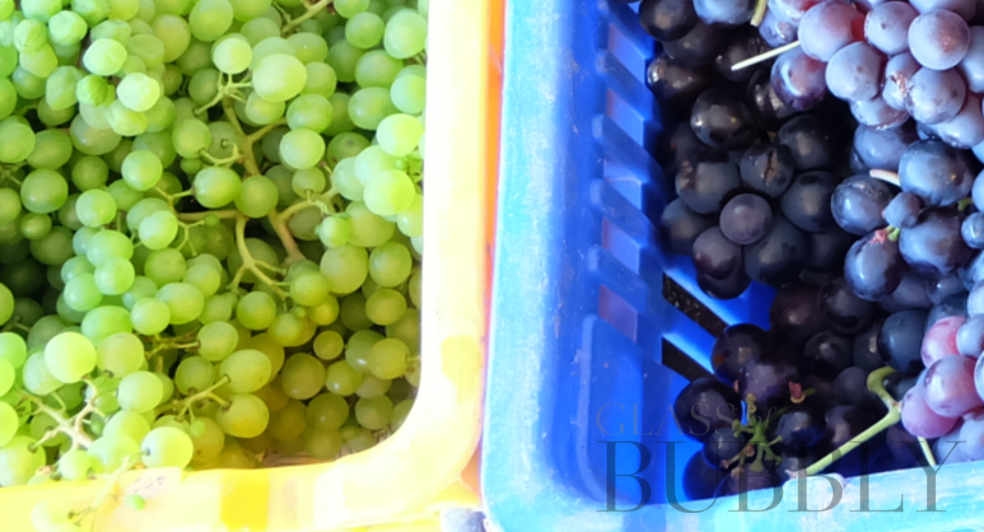New Grape Varieties for Champagne
18th April 2016

On April 12th the CIVC, Comité Champagne, in Epernay announced a 15 year programme to develop grape varieties for the future.
Champagne makers face two main challenges in the following decades. In the worst case scenario temperatures could rise 4.5°C by 2100. There’s also the pressing need to develop vines that have a high resistance against diseases such as powdery and downy mildew. These new varieties would lead to a decline in the use of chemical products and so help the environment. This is an integral part of sustainable winemaking.
The CIVC isn’t going to be alone. They’ll be working with the French National Institute for Agricultural Research. This is Europe’s top agricultural research unit. They joined their ResDur programme in 2010 whose aim is to create varieties resistant to disease and more adapted to climate change.
One traditional method used is to cross existing varieties with other varieties that have the required qualities. One example of this hybridization was the grafting of North American rootstock onto European varieties to combat phylloxera. They also want to genetically engineer vines so as to give the new varieties the required traits. This could be resistance to certain diseases or as far as climate change is concerned , late maturing. Use of genetic markers in the selection of the required traits will speed the process up.
The first new varieties were planted in 2011. The second series is being planted in an experimental vineyard near Chouilly in the Côte des Blancs. One thing that will be carefully monitored is the eventual taste of the Champagne. There will be several tastings during the Champagne making process to make sure that the modifications to the vines haven’t affected it. It’s believed now that someone drinking a Champagne of the future won’t notice any difference.
There are currently 6 grape varieties used in making Champagne. Reports differ, but the number could rise to at least 10 or more with the new additions. All that’s needed before they are registered is to give them names. Who though will choose them?
![]()
Jon Catt
Tour guide for the Champagne region who lives in Troyes. Specialising in family run Champagne house visits in the Aube and the Marne plus wine tours in the Yonne and Côte d'Or.
